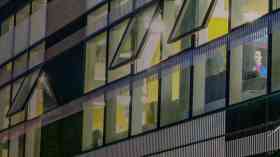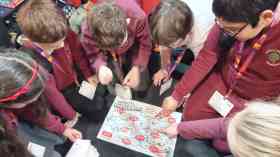In the heart of the UK's payment landscape stands allpay Limited, a pioneering force led by the visionary founder and entrepreneur, Tony Killeen. Tony's journey began over three decades ago, fuelled by a deep-seated desire to revolutionise bill payments. Witnessing the inefficiencies of traditional methods, he envisioned a more accessible and inclusive system that would shape the future of financial transactions.
Latest Supplier News
Borg & Overström is a UK manufacturer of premium drinking water solutions. For over 20 years Borg & Overström has developed sustainable, bottle-less, hygienic, drinking water dispensers with the aim to provide exceptional, safe, self-service drinking water into schools, universities, workplaces and communal spaces.

 When it comes to school security, it is absolutely paramount that no corners are cut in ensuring the best possible safety for students, staff and valuable school equipment. Today schools are taking active security measures to face up to the challenges of disruption caused by mindless vandalism, including damaging arson attacks, and criminals intent on stealing school property who will always look for the path of least resistance. One area of security that tends to be very useful within a school is that of CCTV.
When it comes to school security, it is absolutely paramount that no corners are cut in ensuring the best possible safety for students, staff and valuable school equipment. Today schools are taking active security measures to face up to the challenges of disruption caused by mindless vandalism, including damaging arson attacks, and criminals intent on stealing school property who will always look for the path of least resistance. One area of security that tends to be very useful within a school is that of CCTV. 








